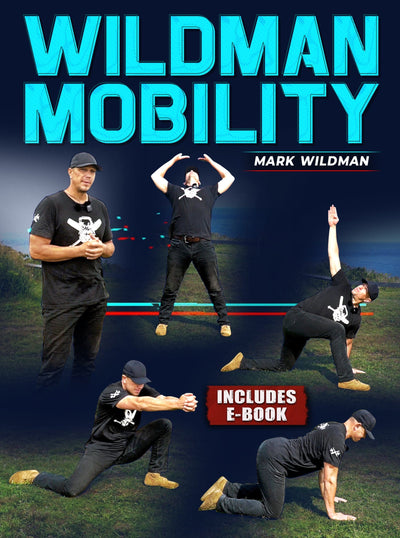Kettlebell Jump Squats
Kettlebell exercises are renowned for their versatility and ability to intensify workouts. One such dynamic movement that blends strength and explosiveness is the kettlebell jump squat. This exercise adds a plyometric element to traditional squats, making it a fantastic choice for those seeking to elevate their fitness regimen and boost their athletic performance. In this article, we'll explore the mechanics, benefits, and precautions associated with kettlebell jump squats.
The kettlebell jump squat starts with a familiar squat stance, holding a kettlebell with both hands at chest level. As you descend into the squat, focus on maintaining proper form—hips pushed back, knees tracking over toes, and chest upright. Unlike regular squats, the jump squat requires an explosive burst of energy as you push through your feet, propelling your body off the ground. During this upward phase, the kettlebell remains close to your body, providing an additional challenge for stability.
The muscles engaged in kettlebell jump squats span a wide spectrum. Your lower body muscles—quadriceps, hamstrings, and glutes—are essential for generating the power needed to jump. Your core muscles play a crucial role in stabilizing your torso throughout the movement. The upper body muscles, including the shoulders and arms, contribute to controlling the kettlebell's movement. This comprehensive muscle engagement makes jump squats a highly effective full-body workout.
The benefits of incorporating kettlebell jump squats into your routine are numerous. Firstly, this explosive movement increases lower body power and strength. The plyometric nature of the exercise enhances muscle recruitment and challenges fast-twitch muscle fibers, leading to improved athletic performance. Jump squats also contribute to cardiovascular fitness, elevating heart rate and promoting calorie burn. Additionally, the coordination required for the synchronized movement of the jump and kettlebell control enhances overall body awareness.
While kettlebell jump squats offer a range of advantages, it's essential to approach them with caution and proper technique. Due to the high impact nature of the exercise, individuals with joint issues or injuries should exercise discretion. Beginners might consider starting with bodyweight jump squats before incorporating the kettlebell. Remember, quality trumps quantity—maintaining proper form throughout each repetition is paramount.
Expanding Your Kettlebell Squat Repertoire
In addition to the classic kettlebell jump squat, there are several other squat variations that can further diversify and challenge your routine:
Hack Squat Kettlebell: In this variation, the kettlebell is held behind your back, which places emphasis on the quadriceps. The hack squat kettlebell variation is particularly beneficial for targeting the front of your thighs.
Kettlebell Rack Squat: The kettlebell is held at chest height, known as the rack position, as you perform the squat. This variation enhances core engagement and challenges your upper body muscles as you stabilize the kettlebell.
Kettlebell Squat to Press: Combining a squat with an overhead press, this exercise engages both lower and upper body muscles. The movement begins with the squat and transitions into a press as you stand, providing a comprehensive workout.
Kettlebell Clean Squat Press: The clean, squat, and press are combined in one fluid motion. The kettlebell is brought to the rack position, followed by a squat, and then an overhead press. This compound movement challenges coordination and full-body strength.
Incorporating these kettlebell squat variations into your routine can introduce new challenges and keep your workouts engaging. Each variation targets slightly different muscle groups and movement patterns, contributing to a more well-rounded fitness program.
In conclusion, kettlebell jump squats offer an explosive and effective way to enhance your fitness routine. The combination of strength and plyometrics provides numerous benefits for muscle growth, power, and coordination. As with any exercise, prioritize proper form, listen to your body, and progress gradually. By incorporating jump squats and exploring various kettlebell squat variations, you can elevate your fitness journey to new heights while enjoying a versatile and engaging workout regimen.
Did you find the blog helpful? If so, consider checking out other guides:
- Kettlebell Front Squat
- Kettlebell Swing Squat
- Kettlebell Split Squat
- Overhead Squat with Kettlebells
- Double Kettlebell Squat
- Pistol Squat on Kettlebell
- Kettlebell Squat Clean
- Kettlebell Squats Muscles Worked
- 10 Minute Kettlebell Workout
- 20 Minute Kettlebell Workout
- 15 Minute Kettlebell Workout
- Kettlebell Curls
- Kettlebell Hammer Curl
- Kettlebell Crush Curl
- Kettlebell Towel Curl





